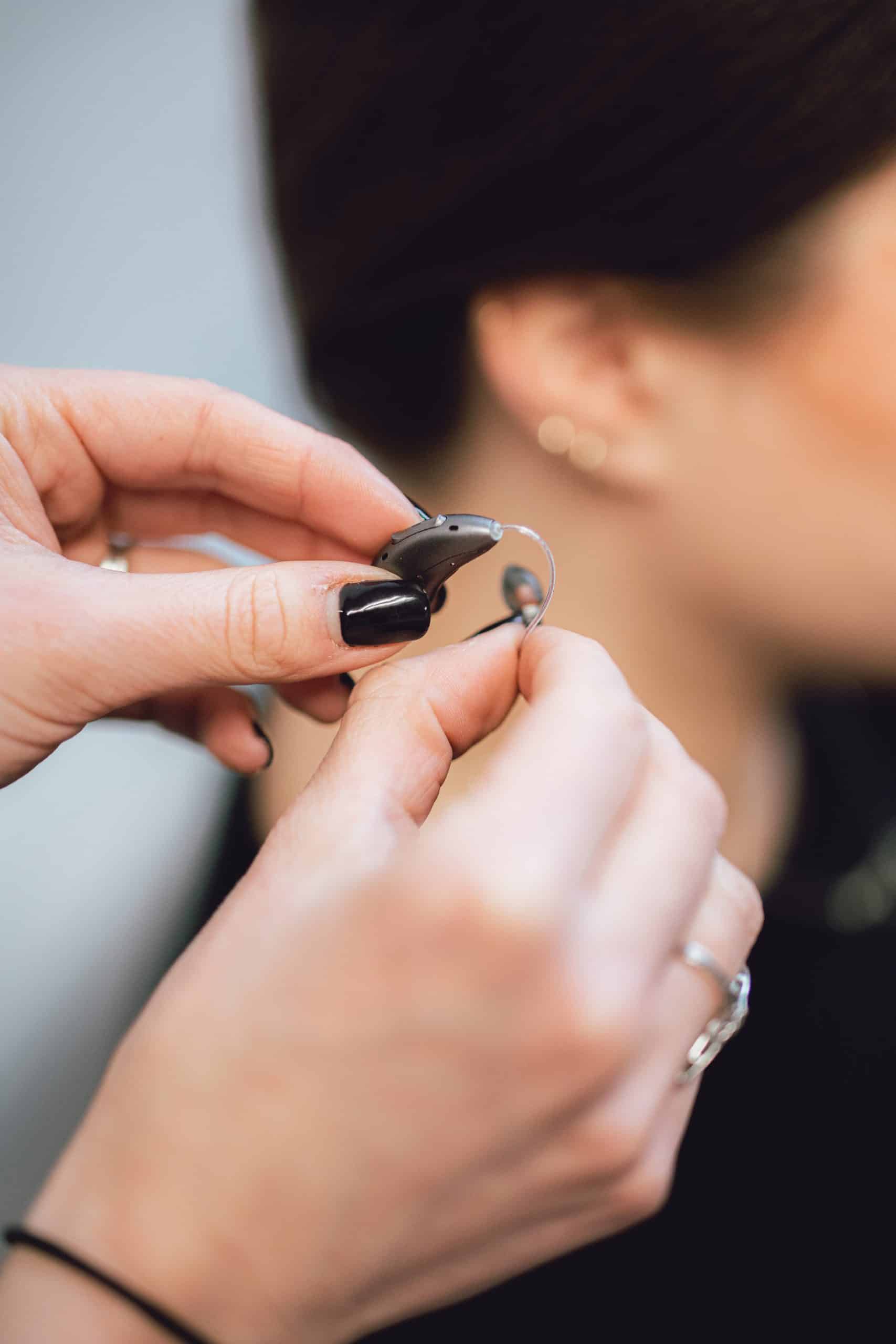Every year, more than 50 million Americans find themselves battling allergies, and spring marks the…

All About Swallowing Disorders: Symptoms and Treatment Options
Do you ever feel like you’re choking while you’re eating? Do you sometimes feel like you have a lump in your throat you just can’t swallow away?
If so, you are not alone. It is estimated that nearly 15 million adults in the United States are affected by swallowing problems and disorders. And as scary as it can feel, often it is a relatively easy situation to diagnose and fix.
Amy Schiwitz, ExcelENT’s Speech-Language pathologist (SLP), knows about these challenges too well. She specializes in seeing patients that present with swallowing problems in Birmingham, Alabama and she’s seen it all. Fortunately, Amy is an expert at diagnosing swallowing issues and has helped them go away for hundreds of patients.
Swallowing problems: how they work, how to diagnose and treat
Swallowing comes so easily to most people that we rarely even think about it. Just like breathing, swallowing is essential to everyday life. In fact, we swallow 500-700 times a day, around three times an hour during sleep, once per minute while awake and even more during meals.
With all that swallowing, imagine how difficulties swallowing can negatively impact your daily life!
Occasional swallowing problems, which may occur when you eat too fast or don’t chew your food well enough, are not usually concerning. But if you consistently experience swallowing difficulties, you should consider scheduling an appointment in Birmingham AL with ExcelENT’s Speech-Language pathologist (SLP), Amy Schiwitz.
How swallowing works, to begin with
While it comes naturally to us, swallowing is a complex process. About 50 pairs of muscles and several nerves work together to receive food into the mouth, prepare it, and move it from the mouth to the stomach in three stages:
- The oral stage: In the first stage, the tongue collects the food and prepares it for swallowing by chewing it until it is the right size and texture to swallow by mixing the food with saliva. Saliva softens and moistens the food to make swallowing easier.
- The pharyngeal phase: In the second stage, the tongue pushes the food to the back of your mouth, which triggers a swallowing response that passes the food through the throat (pharynx). Your voice box (larynx) closes, and breathing pauses to prevent food or liquid from entering your lungs.
- The esophageal phase: In the third and final stage, the food enters the esophagus, which carries the food to the stomach.
The muscles in your mouth and throat must be strong and coordinated enough to properly complete this process. If you have difficulties at any point during this process, then it might be an indicator that you have a swallowing disorder.
So, exactly what is a swallowing disorder?
Dysphagia is the medical term that refers to difficulties swallowing. Dysphagia can be the result of muscle damage, nerve damage, or other causes and can occur at any stage of the swallowing process.
Common symptoms of a swallowing disorder may include:
- A feeling of food getting stuck.
- Coughing or choking while eating.
- Gurgling wet voice quality after swallowing food.
- Pain while swallowing.
- Inability to swallow.
How is my swallowing disorder diagnosed?
First, Amy will perform a Fiberoptic Endoscopic Evaluation of Swallowing (FEES) to see a patient’s swallowing process in action.
The FEES provides an endoscopic view of the food/liquid moving through the throat. During this procedure, Amy places a very small endoscope in the patient’s nose going down to an area just above the patient’s throat and larynx.
At this vantage point, you’ll be given small amounts of food or liquid to eat/swallow. Amy can evaluate the timing, speed, and coordination of the food or liquids that are swallowed. She might make positional changes, adjust food consistency, or attempt swallowing maneuvers during the FEES to determine how they affect the patient’s swallowing function.
The whole thing will be over in about 20 minutes, and you might even get to see a video of the procedure itself! Based on Amy’s findings, she will make recommendations and discuss treatment options with the patient.
So, how will you treat my swallowing disorder?
Amy will determine a patient’s treatment options based on the patient’s complaints and the specific dysphagia dysfunction identified during the evaluation. Each person’s therapy is unique to his or her individual disorder and needs.
The therapy may involve exercises that strengthen swallowing muscles so that food and drink go into the stomach rather than the windpipe. Or, they might recommend that you slightly modify some of the foods that you eat. Or, it might be recommended that you make slight positional changes when you’re eating. And believe it or not – you might need lessons on swallowing slightly differently!
Whatever the outcome of the procedure and the treatment options prescribed, you’ll be able to resume a normal life without the worry of you “swallowing wrong.” At ExcelENT, we’ll do everything we can to walk you through every step of the way of this issue, and we’ll hang in there with you until the prescribed treatment gets rid of your swallowing issues.
Contact ExcelENT to diagnose your swallowing disorder
Swallowing should not be a constant struggle. If you are ready to address and treat your swallowing problems, contact ExcelENT today to schedule an appointment with ExcelENT’s Speech-Language pathologist (SLP), Amy Schiwitz.


